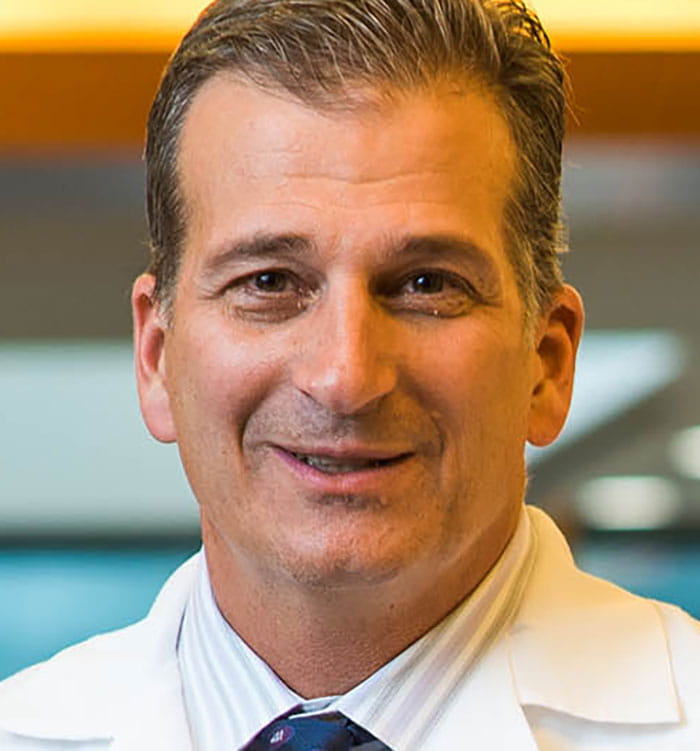When To Refer for Post-Traumatic Orthopaedic Care
January 01, 2016
Innovations in Orthopaedics - Winter 2016 Download PDF
 John Sontich, MD
John Sontich, MD
There are four major reasons to refer to a specialist for post-traumatic orthopaedic care: if the fixation hardware is failing, if bone healing is significantly delayed, if there’s suspected bone infection, or if the bone has healed in malalignment.
“Certainly refer if a limb is shortened,” says John Sontich, MD, Division Chief, Orthopaedic Trauma and Post-Traumatic Reconstruction, UH Case Medical Center and Associate Professor of Orthopaedics, Case Western Reserve University School of Medicine, one of the world’s leading experts in limb-lengthening procedures. Dr. Sontich is Chief of the Division of Orthopaedic Trauma and Post-Traumatic Reconstruction at UH Case Medical Center. “Limb-length inequality is one of the major causes of back pain even if the patient isn’t presenting with any limb pain,” he says.
Malunions (bones that heal incorrectly) are often apparent, but even slight deformities can cause patients problems beyond any pain patients may experience. That’s because bones that heal in unnatural positions will cause too much pressure on nearby joints, which will then wear out very quickly. “That can be a real problem, particularly in younger people,” says Dr. Sontich, “so it’s better to straighten the bone out.”
For months or even years after a nonunion (bones that do not heal), patients may feel pain, which may be constant or felt only when using that part of the body. To diagnose, Dr. Sontich says, “It may require a CT scan or MRI because traditional X-rays may incorrectly suggest the bone has healed.” Nonunions typically happen either because of inadequate blood supply, which usually comes back on its own during the healing process, or because of inadequate stability. Proper fixation is needed to get bones to grow back together in their correct, natural positions.
Diagnosing an infection after a fracture can be difficult because healing fractures may yield the same blood test results as an infection does. So it’s often up to the knowledge and experience of the physician to determine whether a patient’s pain, swelling and/or inflammation is more than normal. The orthopaedic specialists at UH have a deep level of expertise and take a collaborative approach because bone trauma means body trauma. That means that whether it’s an emergency situation or a posttraumatic condition, your physician will be teamed up with specialists in multiple disciplines to diagnose what’s wrong and determine the best possible course of action for treatment and rehabilitation.
Tags:


